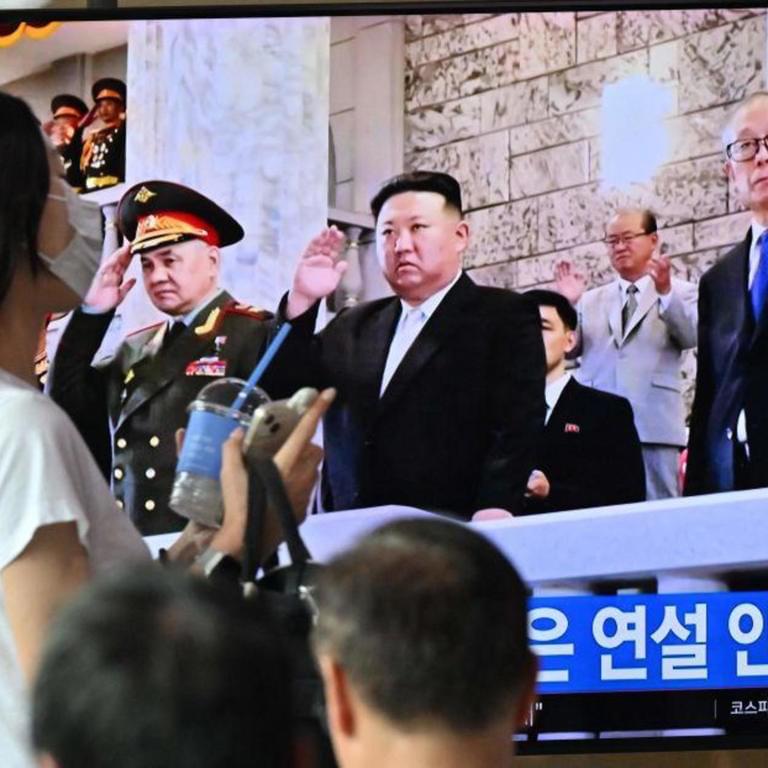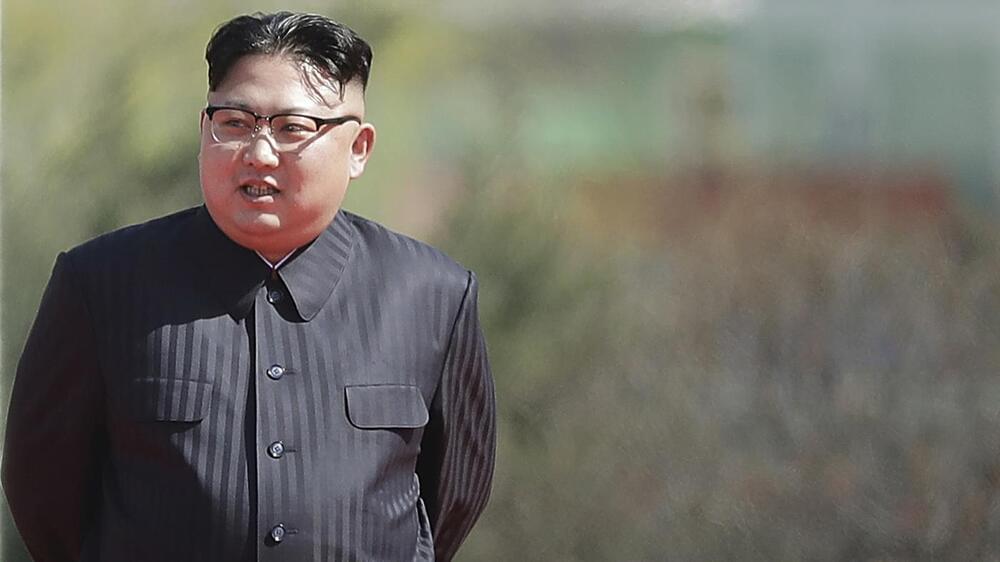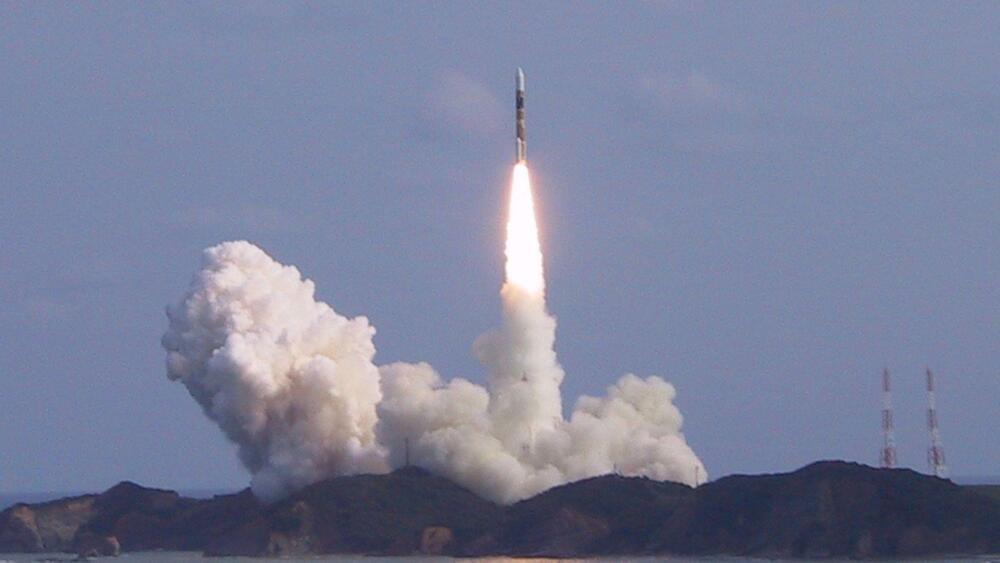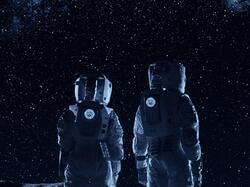North Korea said it tested an “underwater nuclear weapon system” in response to joint naval exercises by the U.S., Seoul and Tokyo.



New research reveals key factors behind the changing sizes of certain animals over time, challenging traditional evolutionary theories with its findings on species ’ size variations.
The mystery behind why Alaskan horses, cryptodiran turtles, and island lizards shrunk over time may have been solved in a new study.
The new theoretical research proposes that animal size over time depends on two key ecological factors: the intensity of direct competition for resources between species, and the risk of extinction from the environment.

Year 2017
North Korea claims it has again tested a hydrogen bomb underground and that it “successfully” loaded it onto the tip of an intercontinental ballistic missile, a claim that if true, crosses a “red line” drawn by South Korea’s president last month.
In a state media announcement, North Korea confirmed the afternoon tremors in its northeast were indeed caused by the test of a nuclear device, and that leader Kim Jong Un personally signed off on the test.
“North Korea has conducted a major Nuclear Test. Their words and actions continue to be very hostile and dangerous to the United States,” President Trump tweeted Sunday morning in response. “North Korea is a rogue nation which has become a great threat and embarrassment to China, which is trying to help but with little success.”
Two tight fasteners kept the majority of the Bennu asteroid sample from scientists since it returned to Earth in September. Now they’ve finally prised it open.

From Facebook founder to “girl dad” to cattle rancher to doomsday prepper, Meta CEO Mark Zuckerberg seemingly has it all.

Go to https://brilliant.org/IsaacArthur/ to get a 30-day free trial + the first 200 people will get 20% off their annual subscription.\
Reaching new worlds is a difficult task, but transplanting ecosystems and civilizations to them may be even harder.\
\
Pancosmorio Paper: https://www.frontiersin.org/articles/.…\
\
Visit our Website: http://www.isaacarthur.net\
Join Nebula: https://go.nebula.tv/isaacarthur\
Support us on Patreon: / isaacarthur \
Support us on Subscribestar: https://www.subscribestar.com/isaac-a…\
Facebook Group: / 1,583,992,725,237,264 \
Reddit: / isaacarthur \
Twitter: / isaac_a_arthur on Twitter and RT our future content.\
SFIA Discord Server: / discord \
\
Credits:\
The Fermi Paradox: Pancosmorio Theory\
Episode 428; January 4, 2024\
Produced, Written \& Narrated by: Isaac Arthur\
Editor: Briana Brownell\
\
Graphics:\
Jeremy Jozwik\
Ken York\
Mafic Studios\
\
Music Courtesy of:\
Epidemic Sound http://epidemicsound.com/creator
2023 was a landmark year in space exploration for the European Space Agency (ESA), marked by significant missions like Juice’s journey to Jupiter, the launch of the Euclid space telescope for dark matter research, and the decommissioning of ESA’s Aeolus mission.
The year also saw advancements in Earth observation technologies, initiatives to address space debris, and collaborative efforts in asteroid impact studies. Notably, the Galileo satellite system’s new high-accuracy service and the first hardware tests for its second generation of satellites were significant milestones.
